#camissonia
Video
Camissonia bistorta by Arlene Schag
Via Flickr:
Southern California - Ramona, Camissonia bistorta growing in full sun near Cedar Creek Falls, May 2010. Small population. Chaparral / Riparian habitat, a beautiful native in an area where most have have been crowded out by foreign plants and introduced weeds.
#Camissonia bistorta#4petals#wildlflower#Ramona#California#SoCal#Cedar#Creek#trail#native#identify#nature#name#red dots#short#small#outdoor#invasive species#introduced species#Inaja Indian Reservation#conservation#flores#flickr#Westcoast Wildlife
0 notes
Text
Super Bloom 2023?
Here is the Wildflower Update from the US Forest Service dated January 27,2023 in response to the above question.
Will there be a superbloom this year? The short answer- maybe. It is still too early to predict if the storms from the summer 2022 monsoon season will lead to a showy 2023 spring bloom. Generally, superblooms are preceeded by fall/winter rains, which we did not receive. Sprouts of many wildflower species have been seen popping up on alluvial fans, in washes and around Furnace Creek Visitor Center but whether they survive will depend on many factors including wind, additional precipitation and temperature.
Right now we are anticipating an average to above average bloom this year, but it remains to be seen if there will be a full superbloom. See "Predicting a Good Bloom Year" below to learn more.
Predicting a Good Bloom Year
A good wildflower year depends on at least three things:
Well-spaced rainfall throughout the winter and spring
Sufficient warmth from the sun
Lack of drying winds
Rain is Key
Gentle rain that soaks deeply into the soil is essential for a desert floral display. To begin, a rainstorm of a half inch or more is needed to wash the protective coating off wildflower seeds and allow them to sprout. For plants to continue growing, rainstorms must come at evenly-spaced intervals throughout the winter and spring. The best blooms are triggered by an early, winter-type rainstorm in September or October, followed by an El Niño weather pattern that brings above average rainfall to the Desert Southwest.
Warming Things Up
Wildflower seeds that sprout with cool winter storms often remain small and low to the ground until the springtime sun starts to warm the soil. They may not look like they are growing, but a strong root system is developing below the surface. As the temperatures get warmer, the well established plants then put on a growth spurt and start to bloom.
Harsh Desert Wind
Frequent springtime windstorms without additional rain can bring about a quick end to the spring bloom or even prevent it from happening by killing off delicate sprouts. Dry, moving air dehydrates exposed surfaces of all living things, including human beings. Desert plants often have waxy, hairy, or spiny leaves to baffle the wind and retain precious moisture. Humans can carry and drink water as needed, but the wildflowers must grow and bloom before they dry out, or late-spring heat arrives, in order to leave seeds scattered on the desert floor to produce the next generation.
When Wildflowers Typically Bloom
Mid February to Mid April
Where: Lower elevations on alluvial fans and foothills.
Wildflowers: Desert Gold (Geraea canescens), Notch-leaf Phacelia (Phacelia crenulata), Caltha-leaf Phacelia (Phacelia calthifolia), Golden Evening Primrose (Camissonia brevipes), Gravel Ghost (Atrichoseris platyphylla), Bigelow Monkeyflower (Mimulus bigelovii), Desert Five-spot (Eremalche rotundifolia)
Early April to Early May
Where: 3000 to 5000 feet elevations, upper desert slopes, canyons, higher valleys
Wildflowers: Desert Dandelion (Malacothrix glabrata), Brittlebush (Encelia farinosa), Princesplume (Stanleya pinnata), Desert Paintbrush (Castilleja chromosa), Fremont Phacelia (Phacelia fremontii), Mojave Aster (Xyloriza tortifolia), Bigelow's Coreopsis (Coreopsis bigelovii), Indigo Bush (Psorothamnus arborescens), Desert Globemallow (Sphaeralcea ambigua)
Early May to Mid July
Where: 5000 to 11,000 feet elevation on mountain slopes, pinyon pine/juniper woodlands
Wildflowers: Desert Mariposa (Calochortus kennedyi), Purple Sage (Salvia dorrii), Rose Sage (Salvia pachyphylla), Panamint Penstemon (Penstemon floridus austinii), Magnificent Lupine (Lupinus magnificus), Inyo Lupine (Lupinus excubitus)
Fleeting Beauty

NPS / E. Hoerner
Past Wildflower Seasons
2022
Although we received rain in July, it came too early; rain is usually required in the fall to produce a large bloom. This fall was not only dry, but also hot, with above average temperatures in November. However, several rain events in December thoroughly wet the soil, which was good news for wildflowers, leading to an average bloom (not a super bloom) this spring.
3 notes
·
View notes
Text

Adelbert von Chamisso (30 January 1781 – 21 August 1838)
German poet and botanist, author of Peter Schlemihl, a famous story about a man who sold his shadow. A variety of plants, including the genus Camissonia, are named after Chamisso. (Wikipedia)
From our stacks: Illustration “Adalbert von Chamisso. By C. Jäger.” from The German Classics. Masterpieces of German Literature Translated into English. Patrons’ Edition in Twenty Volumes. Illustrated. Vol. V. New York: The German Publication Society, 1913.
#adalbert von chamisso#poet#writer#jäger#portrait#books#literature#literary#poetry#poets#writers#german#german literature#german poetry#peter schlemihl#shadow#old books#camissonia#detroit public library
21 notes
·
View notes
Photo

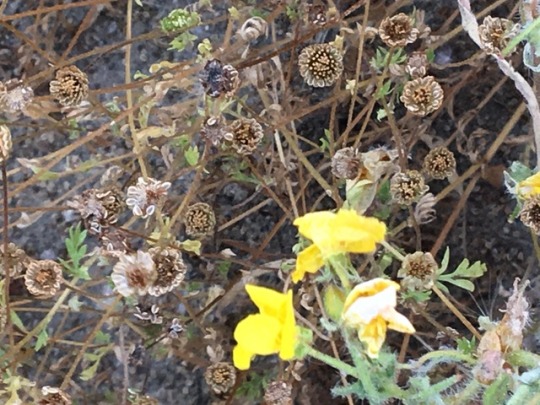
14 notes
·
View notes
Photo
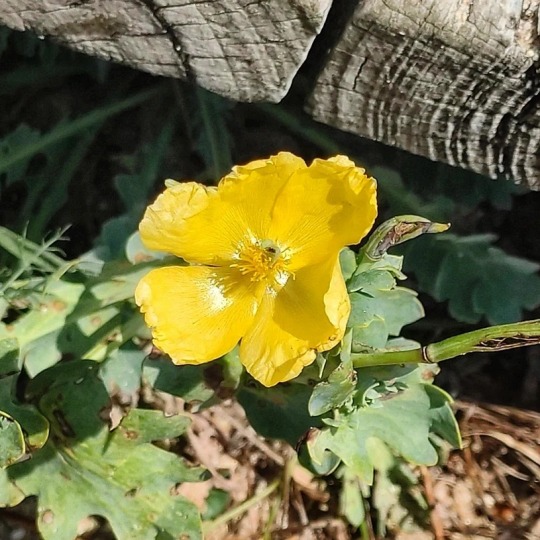
Onagra Camissonia cheiranthifolia. A Corna, Palmeira. Galicia. Ago 21. https://www.instagram.com/p/CSXPnSyjgqz/?utm_medium=tumblr
0 notes
Photo
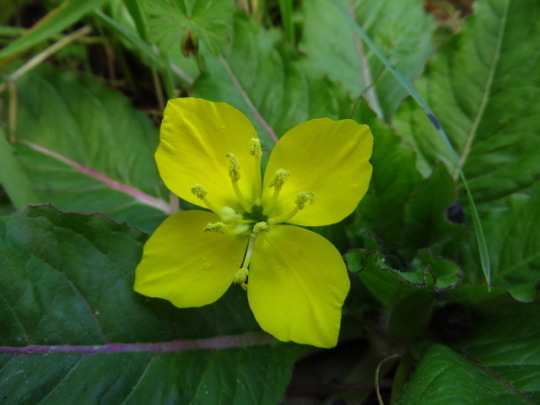

Two pictures from Alanna and Vihang’s wedding!
0 notes
Photo


2 notes
·
View notes
Photo
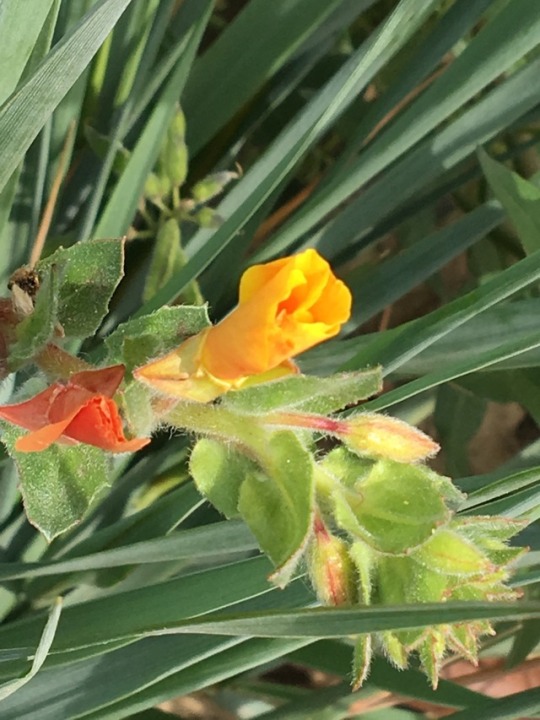

#dune primrose#beach primrose#camissonia cheiranthifolia#flower buds#wildflowers#baldwin hills scenic overlook
2 notes
·
View notes
Photo

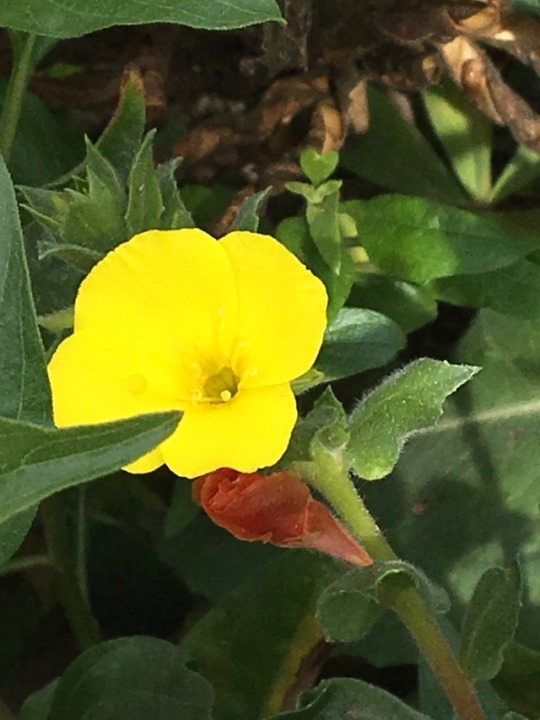

#beach primrose#dune primrose#camissonia cheiranthifolia#wildflowers#california native plants#lupines#baldwin hills scenic overlook
1 note
·
View note
Photo
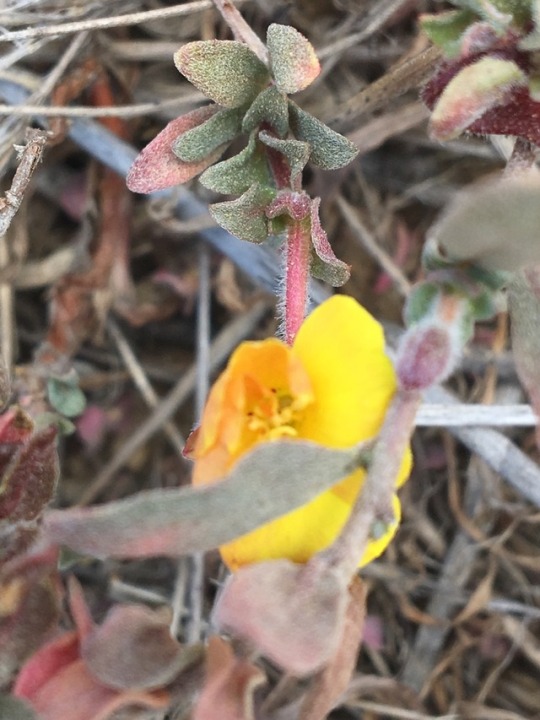
0 notes
Photo

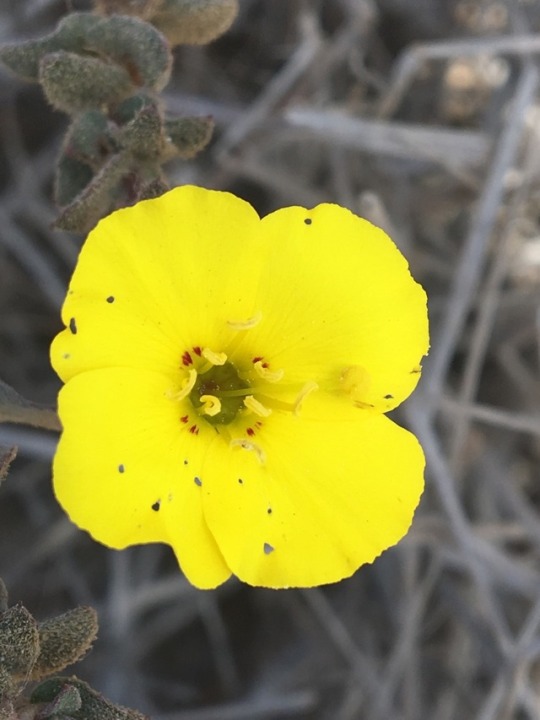
0 notes
Photo
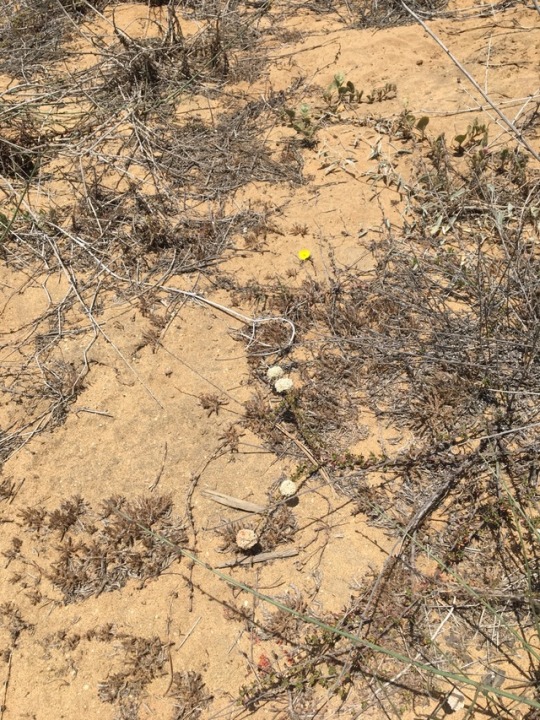


0 notes

